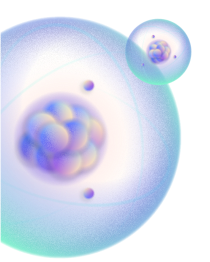ABSTRACT
Nuclear Magnetic Resonance (NMR) technology has emerged as the most controllable way of making prototype quantum computing devices. Despite some current bottleneck in overcoming scalability, it has been applied in many proof-of-principle experiments the applicability of various quantum algorithms.
In this talk, we will discuss some recent progress in NMR technologies simulating topological phases.
Topological phases of matter is another important area of research in condensed matter. It is also rightly qualified as a fundamental physics problem because it opens the door to classifying phases of matter beyond the Landau symmetry breaking paradigm.
We will describe how these states can be simulated in an NMR system. Mathematical quantities characterizing the topological phase, called ``modular matrices'' are shown to be measurable quantities in an experiment for the first time! We will also detect notions of phase transitions by measuring these topological quantities. This can be potentially applied to identifying phases of matter or testing new ideas in quantum matter in future simulations.
BIOGRAPHY
Professor Ling-Yan Hung obtained her Ph.D. in Theoretical Physics from University of Cambridge in 2009. She continued post-doctoral work at Perimeter Institute between 2009-2012 and then moved to Harvard between 2012-2014 as a Croucher Fellow. Professor Ling-Yan Hung joined Fudan University as a professor in 2014. Her research interests includes the gauge/gravity correspondence and its applications in the understanding of quantum entanglement and quantum information; field theoretic studies of the renormalization group flow and non-equilibrium dynamics, and their applications in condensed matter physics and cosmology; topological phases of matter in condensed matter physics, their classification and phenomenology.
Department of Physics
Fudan University, Shanghai
China
Date & Time
Venue
Chair

